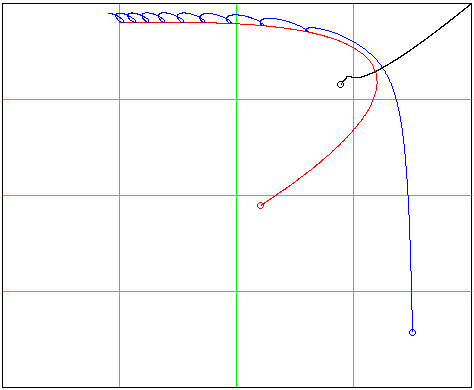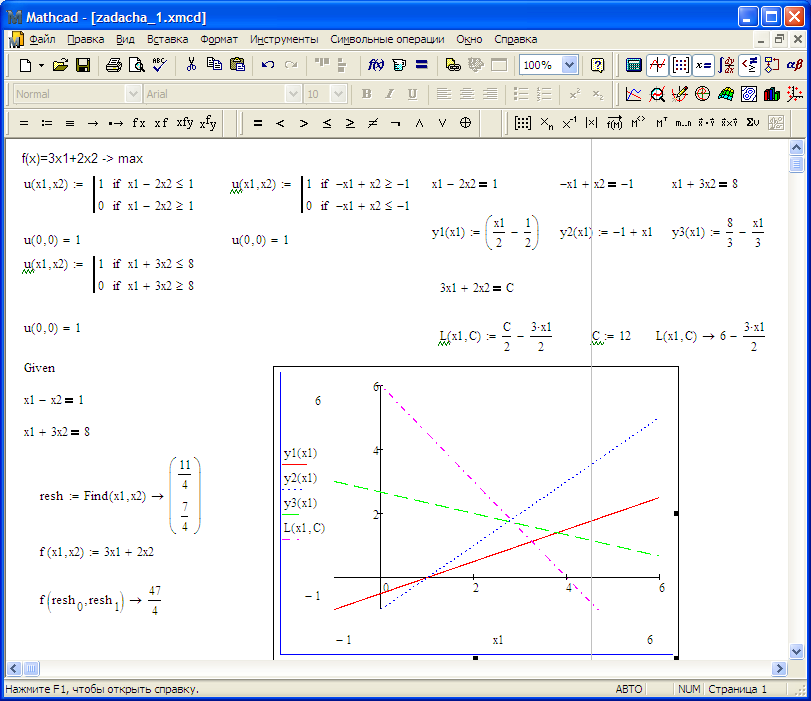


Next, a reference cell, with a known number of CD4 (cluster of differentiation 4 on human T lymphocytes) receptors, will be used to convert the ERF-MFI scale to the ABC-MFI scale, so that an MFI measurement on an analyte cell can be presented as an ABC value. Manufacturers of flow cytometer calibration microspheres will have an opportunity to assign ERF values to their calibration microspheres, providing an international standard with which to calibrate the fluorescence output of all flow cytometers in terms of ERF units. The initial step of the quantification process is to calibrate the flow cytometer MFI in terms of the number of equivalent reference fluorophores (ERF) units maintained at the National Institute of Standards and Technology (NIST). Successful implementation of quantitative flow cytometry would yield a list of the average number of each of the different labeled antibodies bound to the cell. Today, many flow cytometers have over 20 fluorescence channels and simultaneously detect many different labeled antibodies bound to different receptors on the surface of the cell. Each fluorescence channel is dedicated to collecting fluorescence emission from a specific dye conjugated to a specific antibody. Flow cytometer detection systems collect real-time fluorescence emission in many wavelength ranges, called fluorescence channels. The resulting fluorescence emission is detected, and the recorded mean fluorescence intensity (MFI) is an indicator of the average number of labeled antibodies bound per cell (ABC). The labels conjugated to the antibodies are usually fluorescent dyes, which are excited when the cell passes through the sensing volume of a flow cytometer. The goal of quantitative flow cytometry measurements is to obtain the average number of labeled antibodies bound to specific receptors on the surface of a cell. The study supports the National Institute of Standards and Technology program to develop quantitative flow cytometry measurements. This suggests that the mAb binding depends on the size of the label, which has significant implications for quantitative flow cytometry. Divalent and monovalent binding had to be invoked for the APC and FITC CD4 mAb conjugates, respectively. A set of parameters was obtained from the best fit of the model to the measured MFI data and the known number of CD4 receptors on PBMC surface. A model was developed to estimate the equilibrium concentration of bound CD4 mAb-label conjugates to CD4 receptors on PBMC. After the incubation period, the cells were re-suspended in PBS-based buffer and analyzed using a flow cytometer to measure the mean fluorescence intensity (MFI) of the labeled cell populations. Each binding condition consisted of the PBMC sample incubated for 30 min in labeling solutions containing progressively larger concentrations of the CD4 mAb-label conjugate. Four binding conditions were performed, each with the same PBMC sample and different CD4 mAb conjugate. CD4 mAb fluorescein isothiocyanate (FITC) and CD4 mAb allophycoerythrin (APC) conjugates were obtained from commercial sources. This manuscript describes the measurement and modeling of the binding of fluorescently labeled anti-human CD4 monoclonal antibodies (mAb SK3 clone) to CD4 receptors on the surface of human peripheral blood mononuclear cells (PBMC). The CD4 glycoprotein is a component of the T cell receptor complex which plays an important role in the human immune response.


 0 kommentar(er)
0 kommentar(er)
